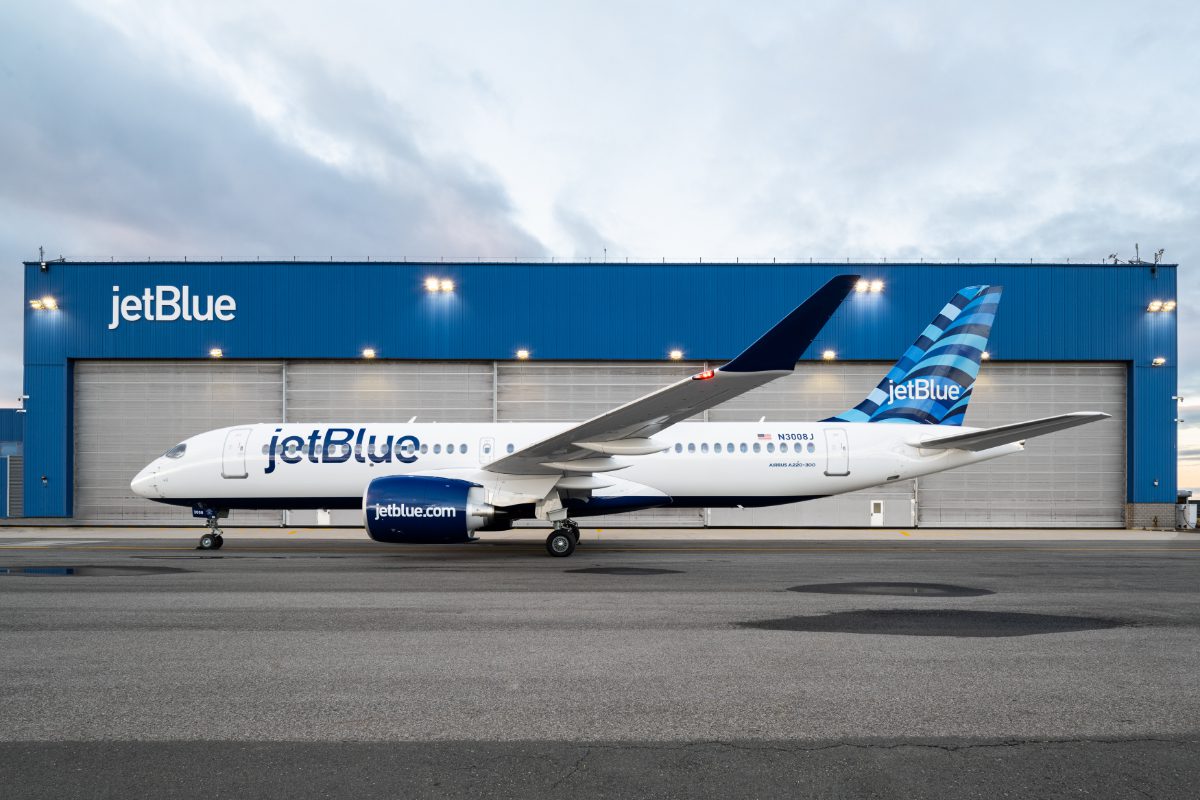U.S. Domestic Leisure Travel Sees Lowest Growth Rate Since 2012

Skift Take
Domestic U.S. leisure travel has hit its lowest growth level since December 2012, according to the U.S. Travel Association's latest Travel Trends Index report.
While travel in the U.S. continues to grow, as it has for the last six years, the new slowdown should raise fears of reduced domestic consumer spending and global economic headwinds. Travel volume growth in the U.S. is down overall year-over-year.
Regardless of the slowdown, domestic leisure travel is growing faster than U.S. business travel.
"What we're seeing here is a reversal from the post-recession economic expansion, when international inbound travel ignited the recovery," said David Huether, U.S. Travel's vice president for research. "International inbound travel's return to sluggish growth patterns in July was to be expected, given the dollar's continued dominance and Europe's Brexit hangover. Even as it weakens slightly, domestic leisure travel will continue as the main source of strength for the travel industry."
Domestic business travel grew for the second straight month, after a long downturn, which is good news for the overall health of the business travel sector.
"Domestic leisure travel will continue to lead the U.S. travel market, though a dip in vacation intentions and slower growth in leisure-related, forward-looking travel searches signal some potential softening through late 2016," reads the detailed portion of the report {embedded below]. "While domestic business travel growth has been in positive territory for the past two months, confidence in further growth remains shaky, and already-slowing growth in forward-looking business travel searches indicates further weakness ahead."
International inbound travel is expected to lag behind domestic travel for the remainder of the year, as well, and stay stagnant until the end of the year.
U.S. Travel's previous report had noted an uptick in international inbound travel in June, but the latest update dashes hope of a continued trend.
"International inbound travel’s return to sluggish growth patterns in July indicates that the June uptick was more of a rebound from a decline this time last year. Visits from Canada continue to decrease, and more tempered growth in overseas travel will keep the lid on inbound travel in the second half of 2016," said Adam Sachs, head of Oxford Economics' Tourism Economics division, the research group that prepares the report. "Domestic leisure travel growth, though also somewhat diminished, remains supported by a strong labor market and rising wages, while still-weak business travel growth re ects continued uncertainty and easing in exports and private investment.”
Check out the full report below for more insights on the challenges facing travel demand in the U.S.
[gview file="https://skift.com/wp-content/uploads/2016/09/Travel_Trends_Jul_2016.pdf"]




